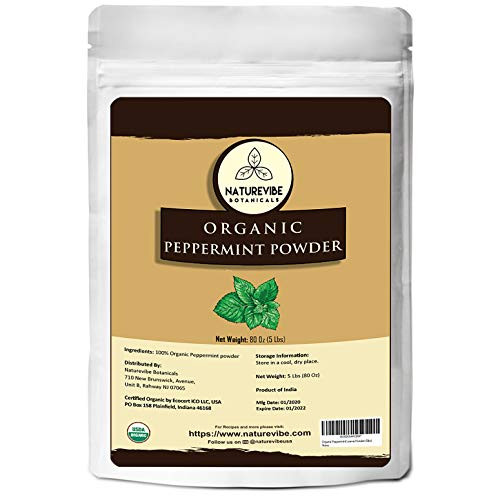Castor oil is a vegetable oil pressed from castor beans. The name probably comes from its use as a replacement for castoreum. Castor oil is a colourless to very pale yellow liquid with a distinct taste and odor. Its boiling point is 313 °C (595 °F) and its density is 961 kg/m3. Oleate and linoleates are the other significant components. Castor oil and its derivatives are used in the manufacturing of soaps, lubricants, hydraulic and brake fluids, paints, dyes, coatings, inks, cold resistant plastics, waxes and polishes, nylon, pharmaceuticals and perfumes.
It also has been used to enhance hair conditioning in other products and for supposed anti-dandruff properties. Castor oil is used as a bio-based polyol in the polyurethane industry. The average functionality (number of hydroxyl groups per triglyceride molecule) of castor oil is 2.7, so it is widely used as a rigid polyol and in coatings.
One particular use is in a polyurethane concrete where a Castor Oil emulsion is reacted with an isocyanate (usually polymeric MDI Methylene diphenyl diisocyanate) and a Cement and Construction aggregate. This is applied fairly thickly as a slurry which is self-levelling. This base is usually further coated with other systems to build a resilient floor.
Vegetable oils like castor oil are typically unattractive alternatives to petroleum-derived lubricants because of their poor oxidative stability.
The viscosity of castor oil at 10 °C is 2,420 centipoise. However, castor oil tends to form gums in a short time, and therefore its usefulness is limited to engines that are regularly rebuilt, such as racing engines.
Global castor oil production is concentrated primarily in a small geographic region of Gujarat in Western India. This region is favorable due to its labor-intensive cultivation method and subtropical climate conditions. <
Naturevibe Botanicals Organic Castor Oil 32 ounces Non-GMO and Gluten Free 100 Pure and Natural Castor Oil
Was:
$81.88
Now:
$40.94
- SKU:
- V716943
- Condition:
- New
- Availability:
- Free Shipping from the USA. Estimated 2-4 days delivery.







